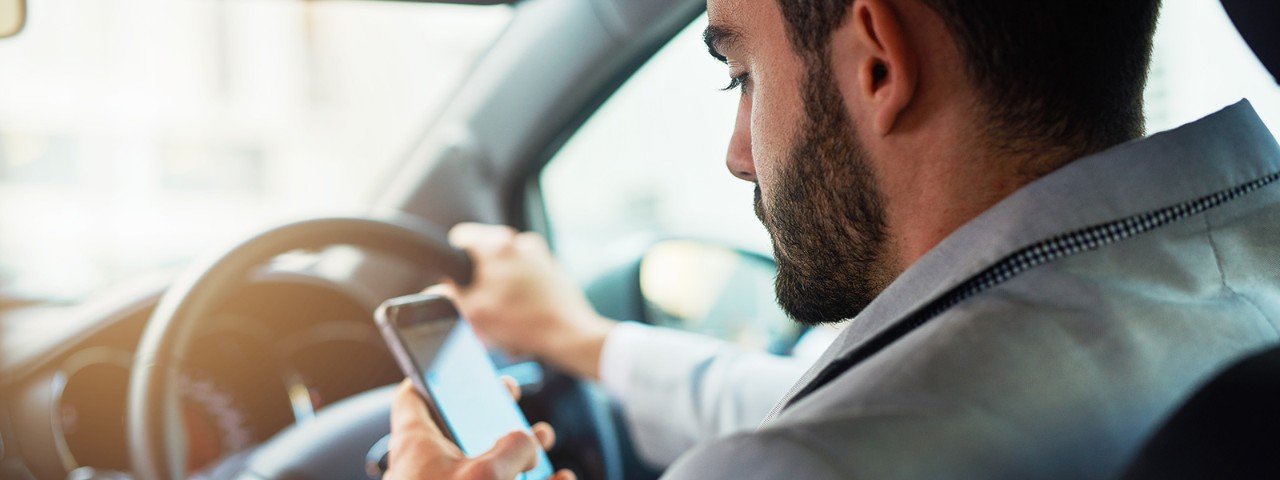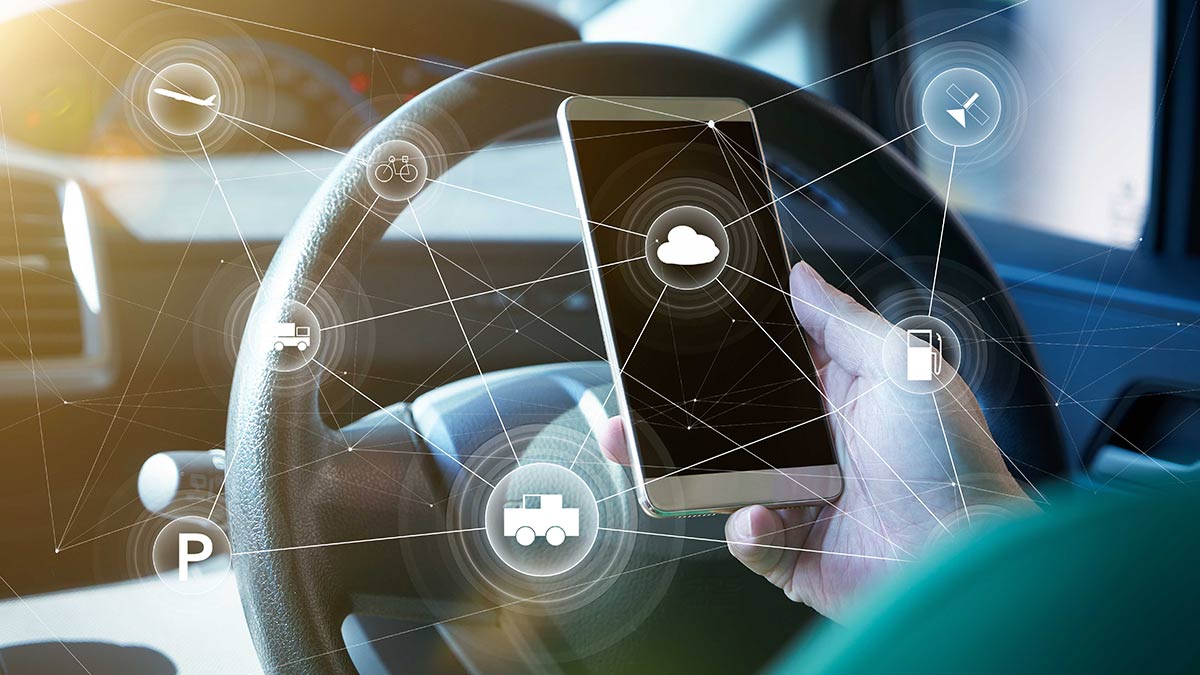Learn what to do when your car breaks down in Victoria, with step-by-step safety tips, what to check, and who to call for help across the state.
What mobile phone detection cameras are, and how they will work on Victoria’s roads

Portable roadside cameras will automatically scan passing vehicles with the capacity to detect everything from mobile phone use, seatbelts, speeding, and driving unregistered vehicles.
Police detected almost 17,000 Victorians using mobile phones while operating their vehicles in the 2020-2021 financial year.
The incidence of distracted driving is such a major concern in terms of crashes that handheld mobile phone use while driving incurs a massive $555 fine and four demerit points.
On 2020-2021’s figures, that equates to more than $9 million in fines.
The objective of the camera investment is to deter people from using their mobile phones, with distracted driving a major road safety risk. Crashes occur in a split-second and looking down at an SMS for just two seconds at 60km/h means you’re not looking at the road for 32 meters.
The number of offenders being caught is predicted to rise dramatically in the 2022-23 financial year when dedicated distracted driving detection cameras are rolled out across the state.
The cameras are being operated by the Department of Justice and Community Safety.
A trial of the system in Victoria in 2020 checked 679,438 cars in three months using just two portable cameras. Around one in 42 vehicles, or 16,000 drivers, were detected using a mobile phone.
Extrapolate those figures over the course of a year, and we could see more than 64,000 infringements.
The danger of distraction
The new generation of cameras, using scanning technology, can detect both mobile phone use and front-seat occupants not wearing seatbelts.
In Victoria, not buckling up incurs a $370 fine and three demerit points.
Evidence shows that people who were not wearing a seatbelt are also likely to be driving impaired (with drugs or alcohol in their system). Data from the previous year shows that 10 per cent of all fatalities weren’t wearing a seatbelt, many of which could have been avoided had the occupant been wearing one.
According to the camerassavelives website, research from Monash University Accident Research Centre (MUARC) estimates the distracted driving camera technology can prevent 95 crashes where people are injured or killed each year.
“Other dangerous behaviours, such as driving with no hands on the wheel or with pets on laps, were also seen”, the website notes.
The government website also says the distracted driver technology will help free up police resources. Victoria Police currently need to physically catch drivers using their mobile phone before issuing a fine, diverting them from other duties.
Glenn Weir, Victoria Police’s assistant commissioner of road policing, says mobile phone distraction and failure to wear a seatbelt are major contributing factors in death and serious injury collisions.
“Victoria Police supports the Department of Justice and Community Safety's implementation of new camera detection technology to improve safety on our roads,” he notes.
“Police will continue to conduct enforcement initiatives and engage with the community about the impact of distraction and dangers of failing to wear a seatbelt.”

Smartphones can interact with many features in a car, but should only be used using Android Auto or Apple CarPlay. Image: Getty
How do mobile phone detection cameras work?
The mobile phone detection cameras use an array of cameras and an infra-red flash to photograph passing vehicles in all traffic and weather conditions.
The images are then assessed using automated artificial intelligence (AI) software to detect potential offending drivers, while excluding images of non-offending drivers.
The images identified by the AI are then verified by human staff. If they deem the photograph to depict an offence, the registered owner of the car receives an infringement notice.
For details on the use of mobile phones and visual display units in cars, see the RACV website.
The automated number plate recognition technology also identifies vehicles that are unregistered or using stolen number plates
The back story
Melburnian Alexander Jannink developed the distracted driving cameras in the wake of good friend James Rapley’s death.
Rapley was killed while riding a pushbike in Los Angeles by a drunk and distracted driver who drifted into the bike lane. Witnessing and experiencing the social impact of that death motivated Jannink to develop a method of detecting distracted driving.
Four years of research led to the formation of Acusensus in 2018 and the development of the “Heads-Up” distracted driving cameras.
The NSW Government was the first in the world to adopt the technology, which is now in the process of being rolled out across all Australian states.
The Acusensus camera technology can detect not only mobile phone and seatbelt infringements, but also scan number plates to detect unregistered and speeding vehicles.
The company won the Inspiration Award at the global mobility trade event, Intertraffic, in The Netherlands earlier this year for its Heads-Up program and is developing a global footprint to promote the life-saving technology.


